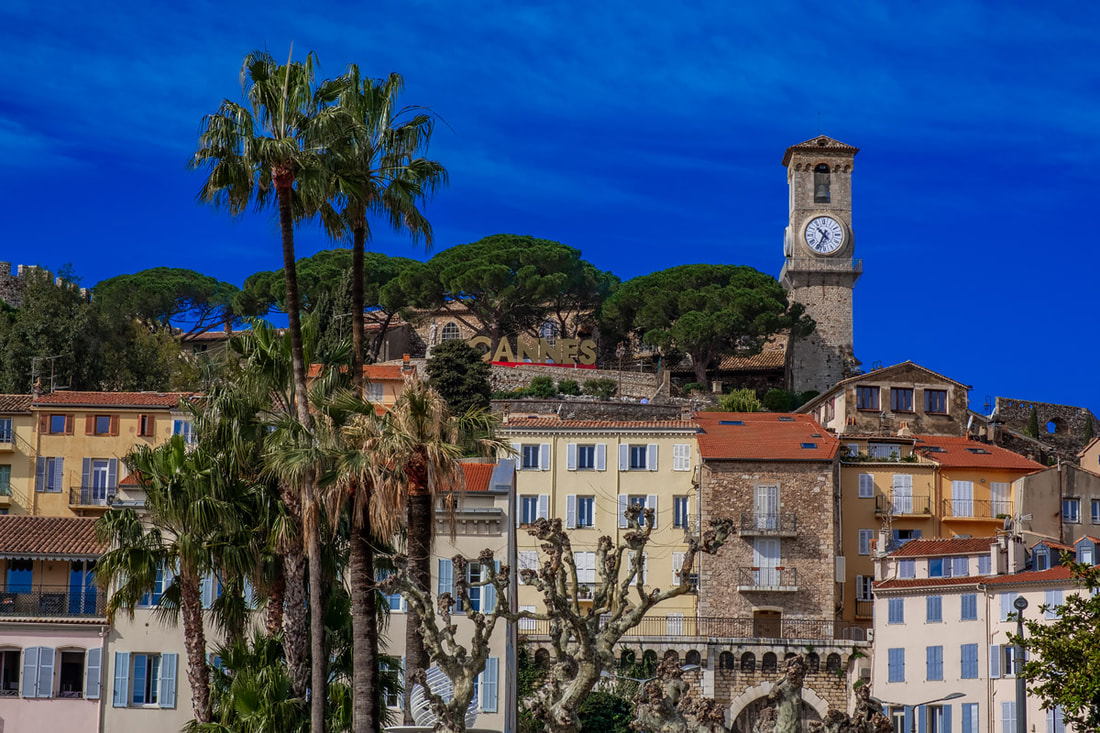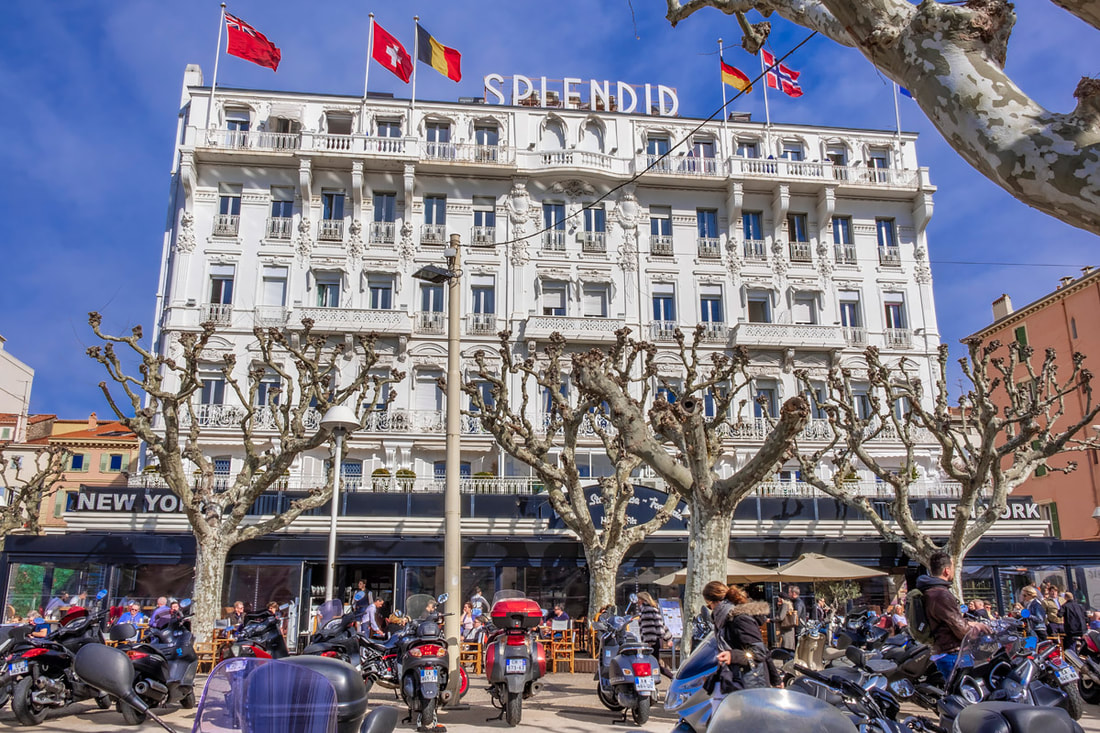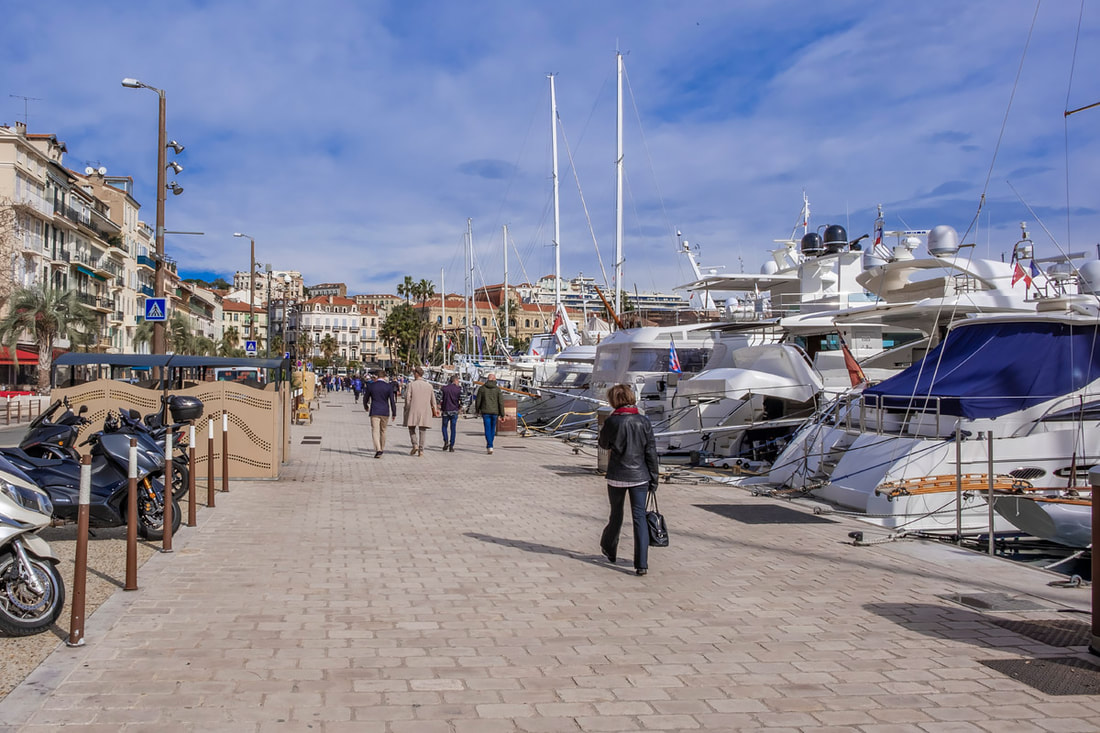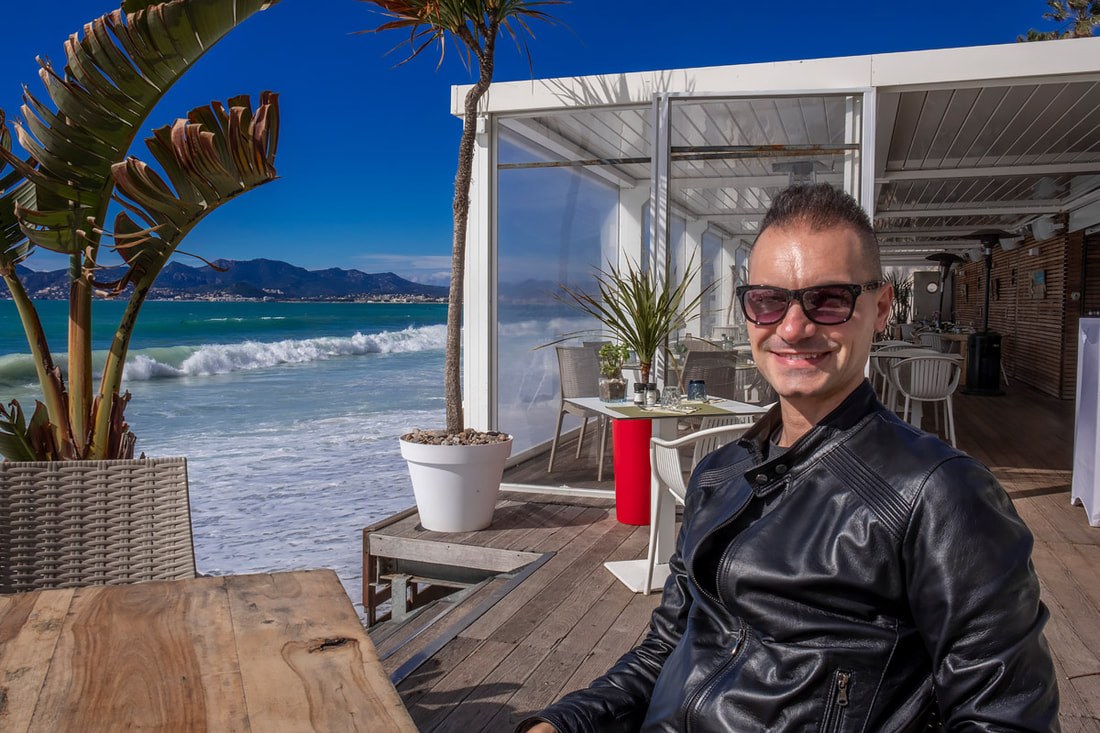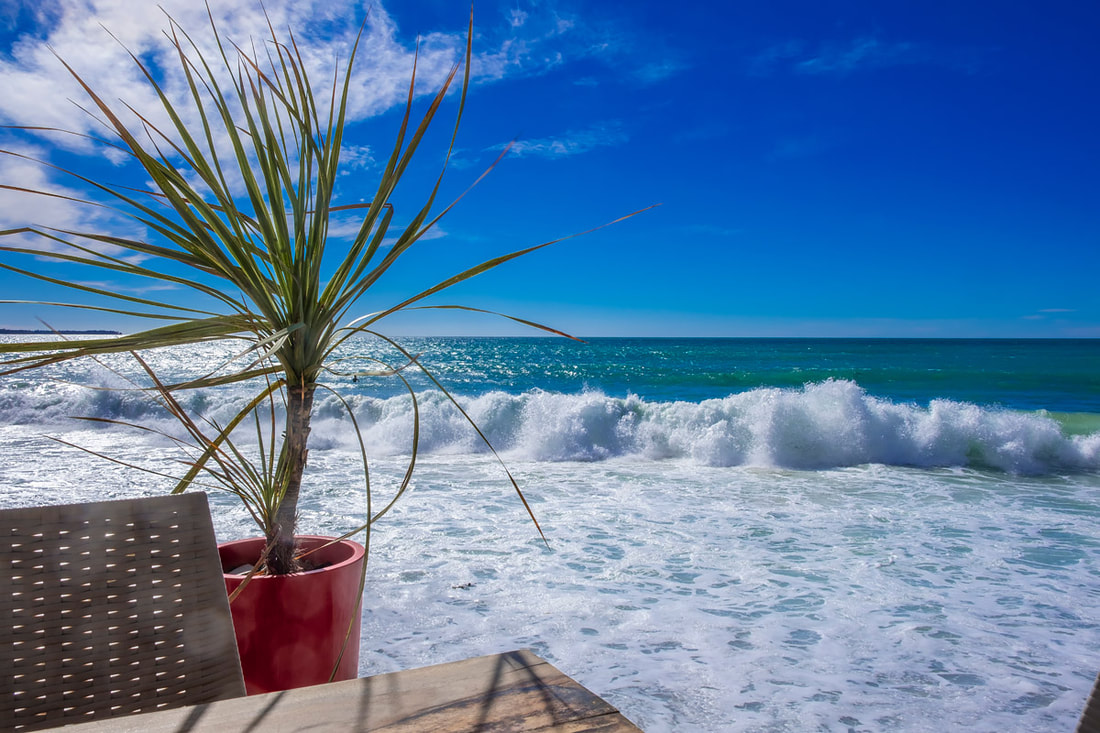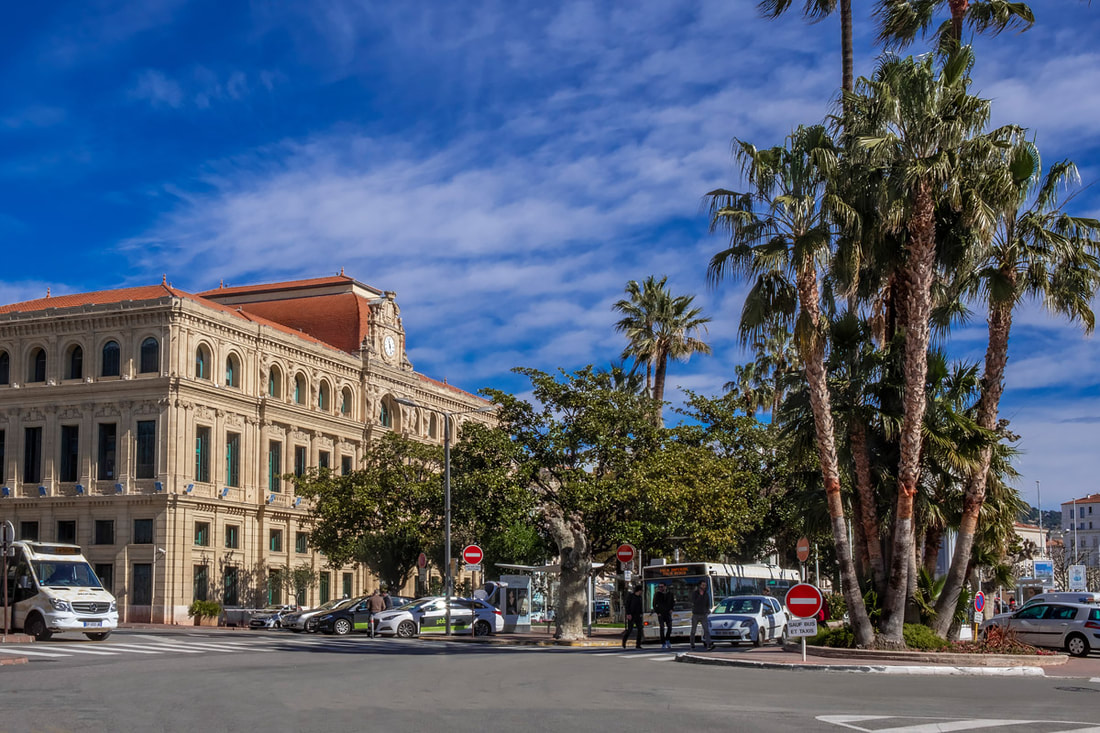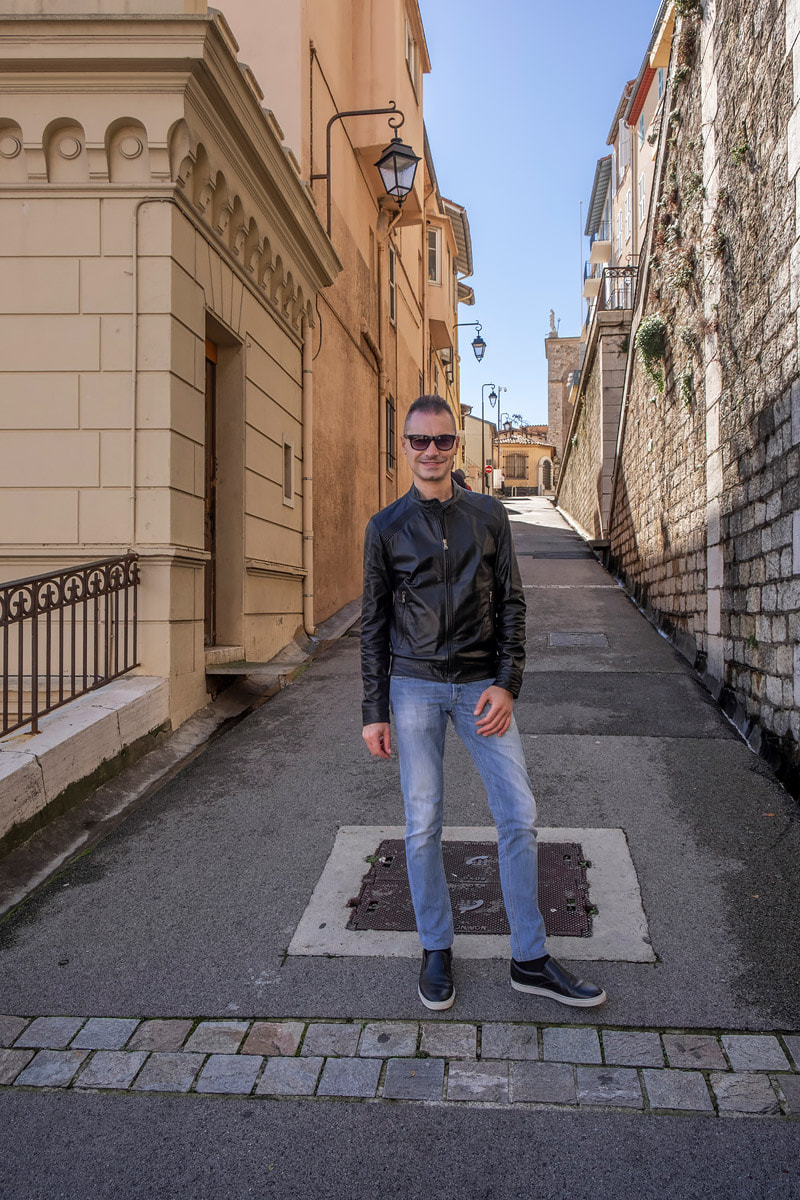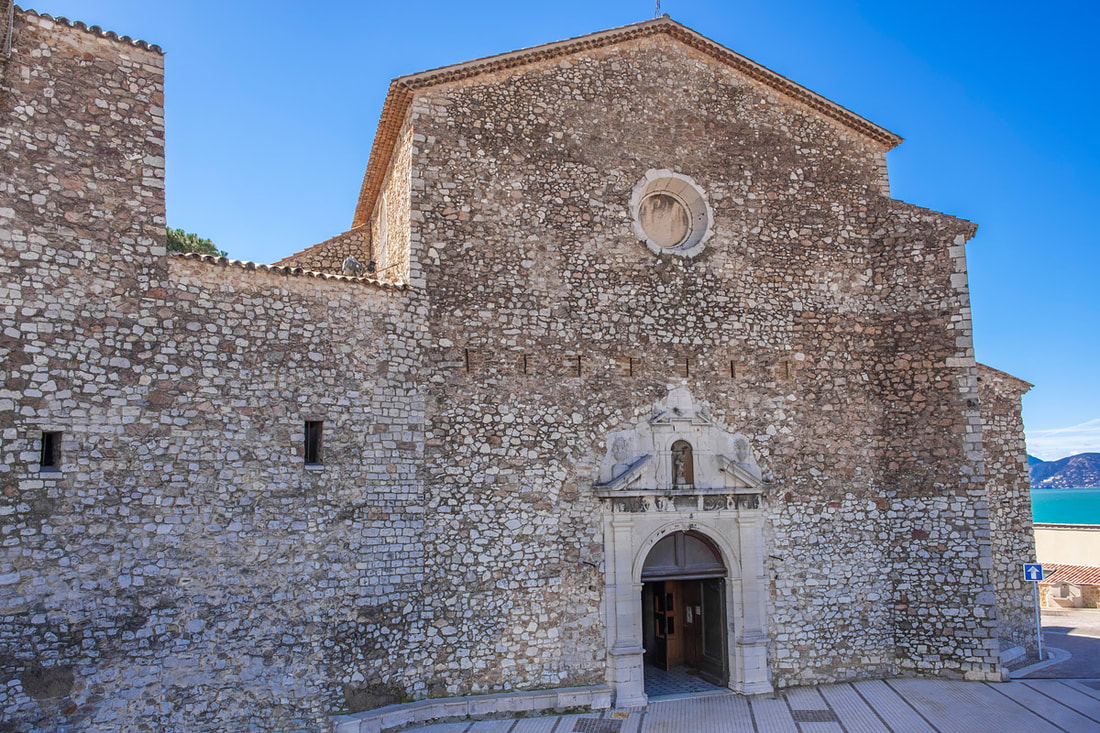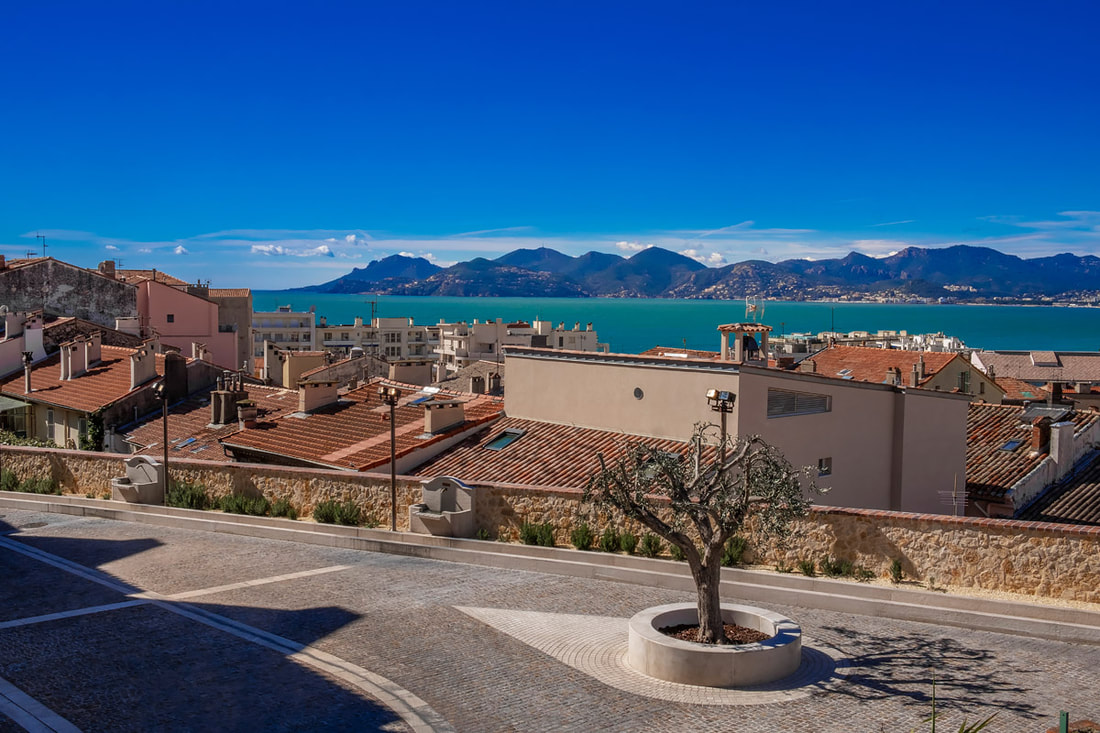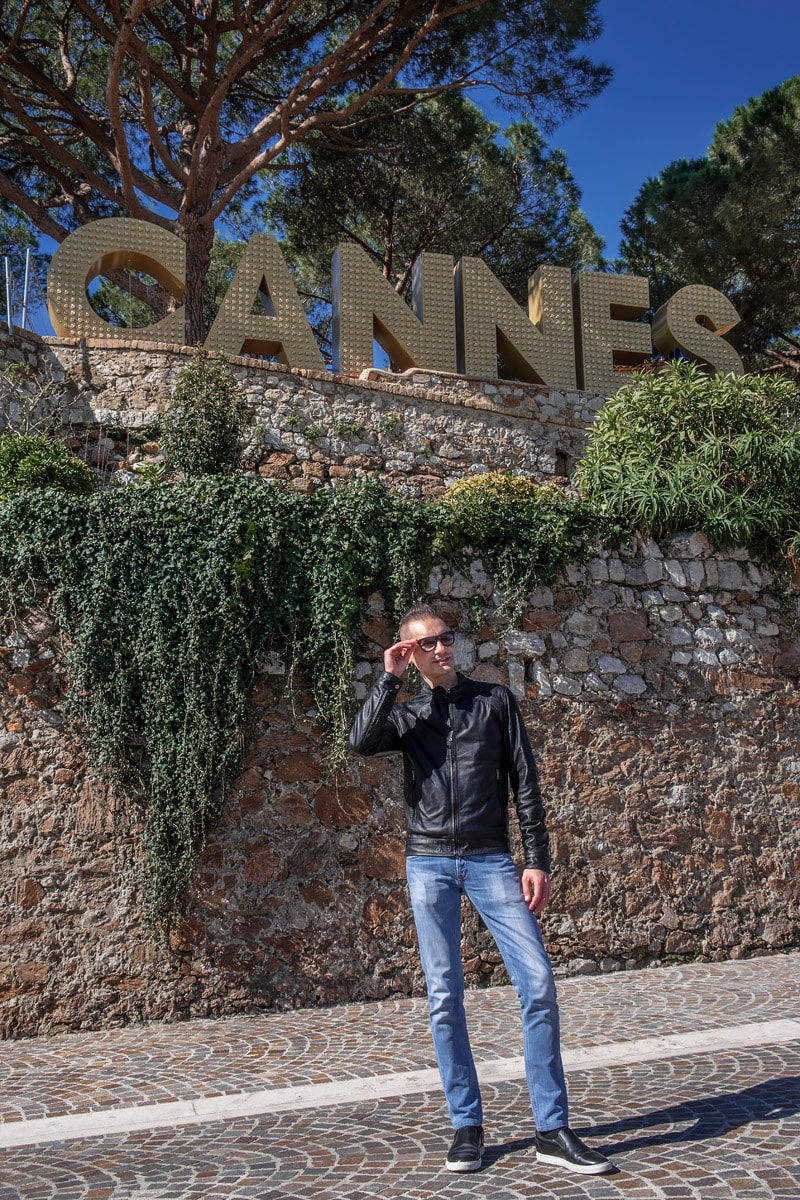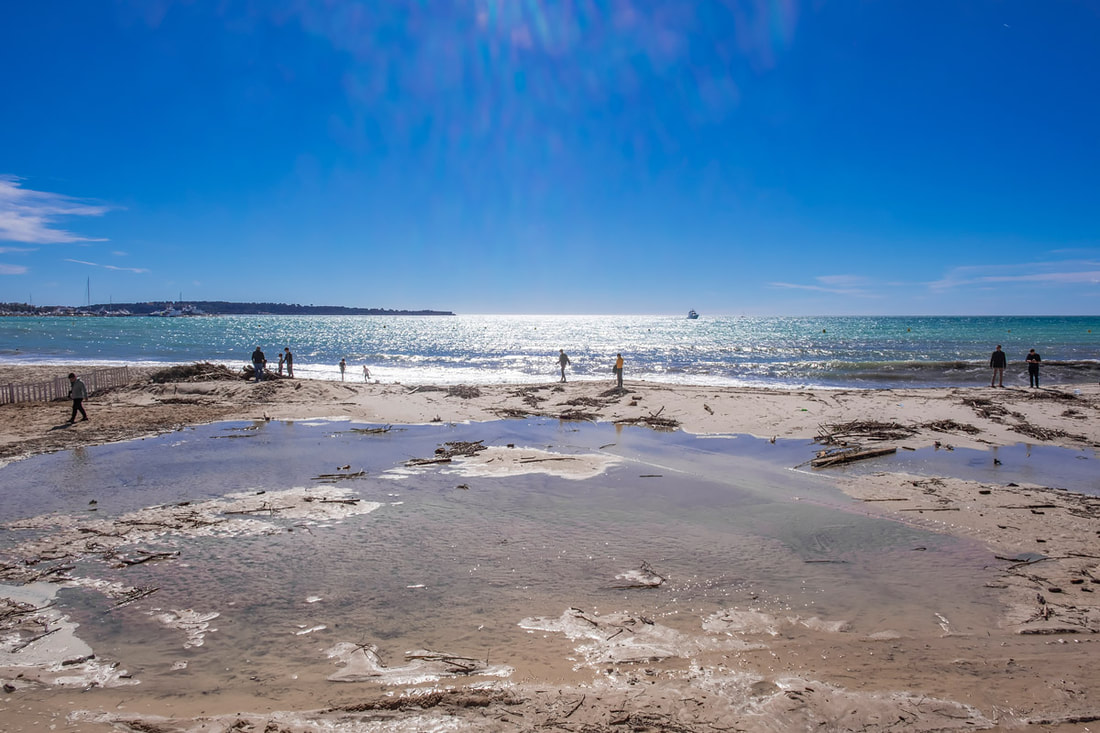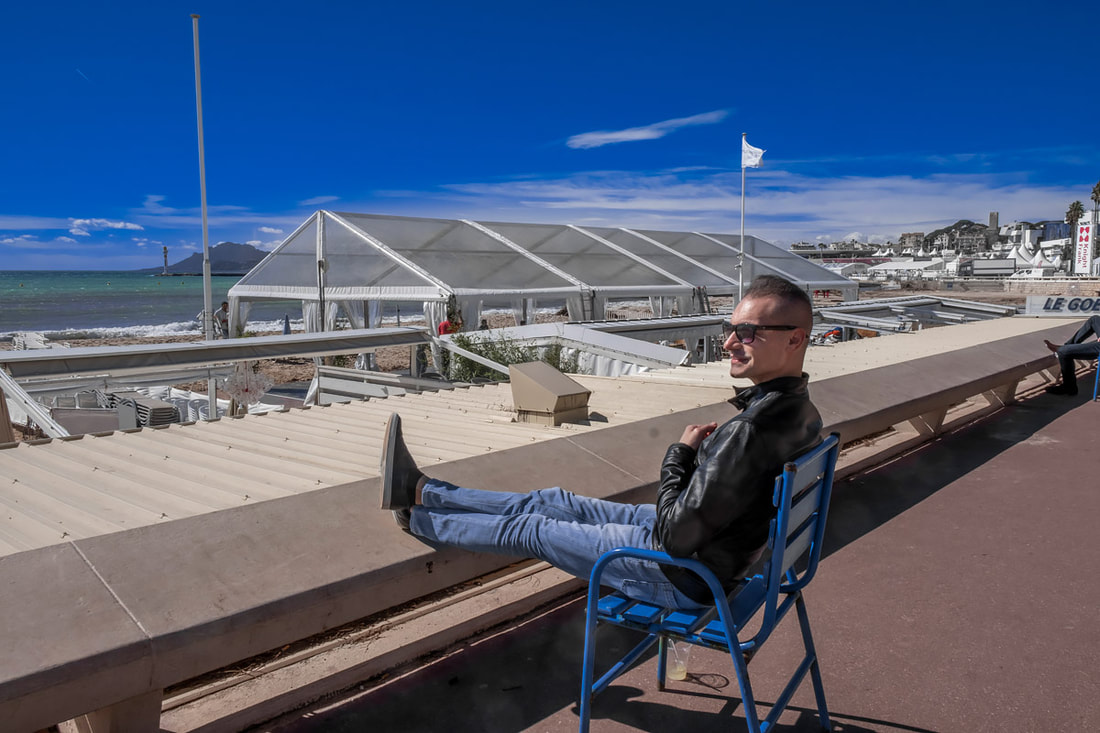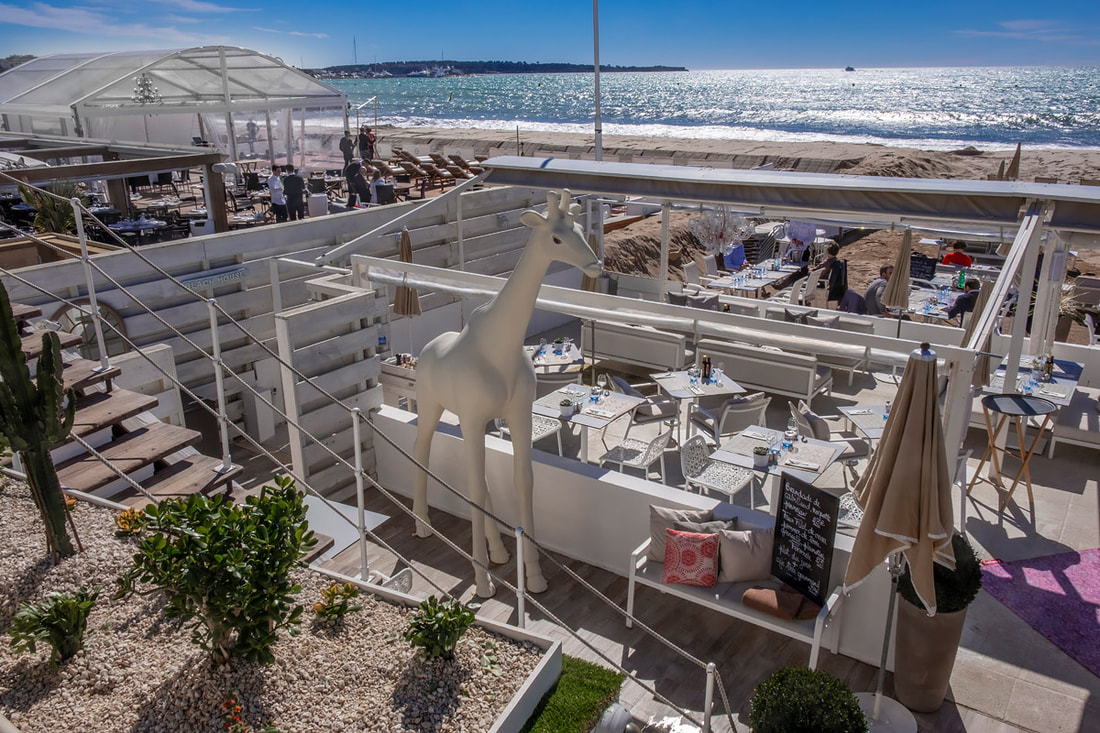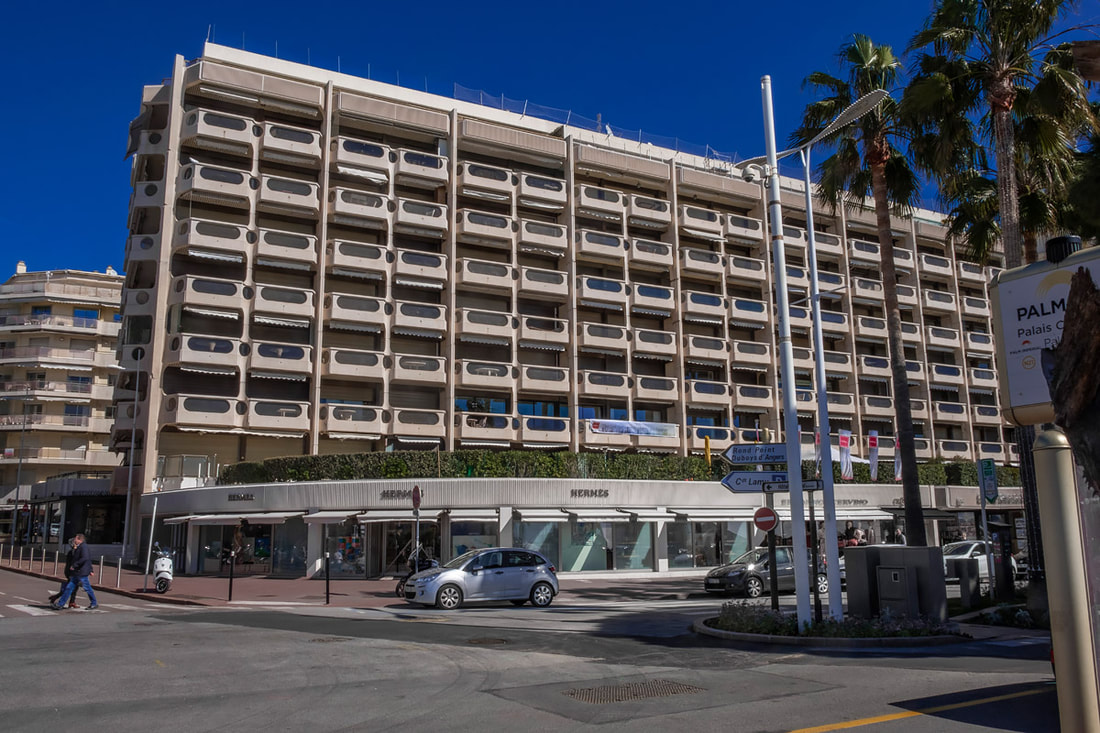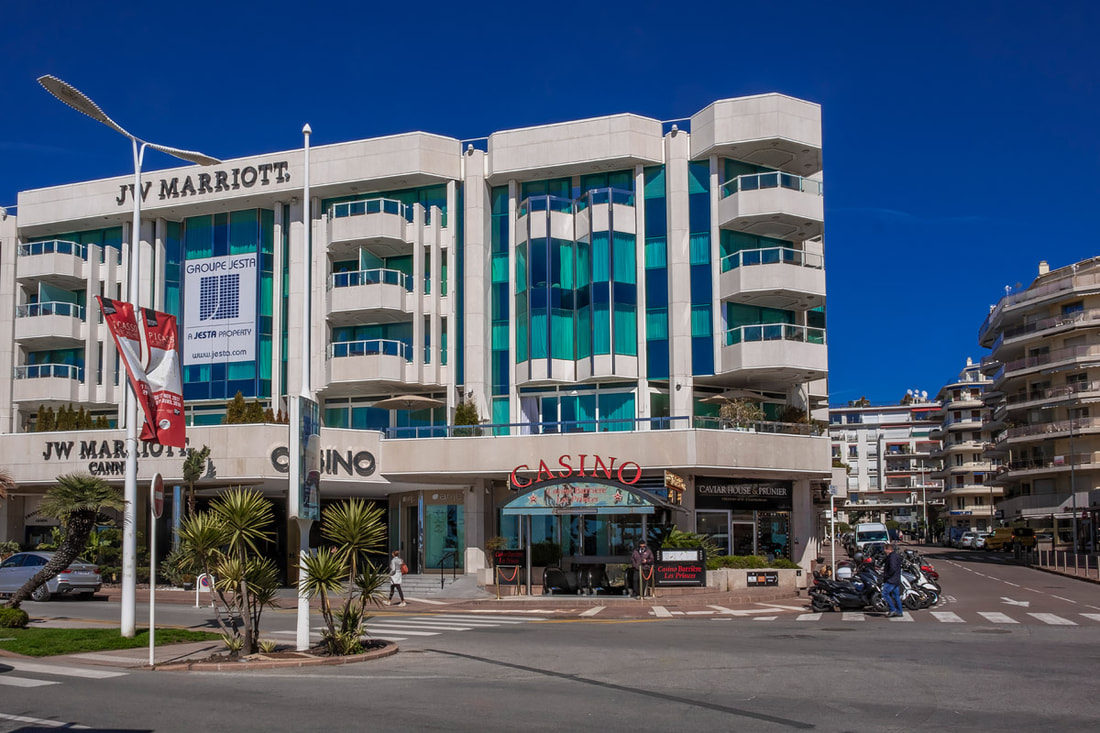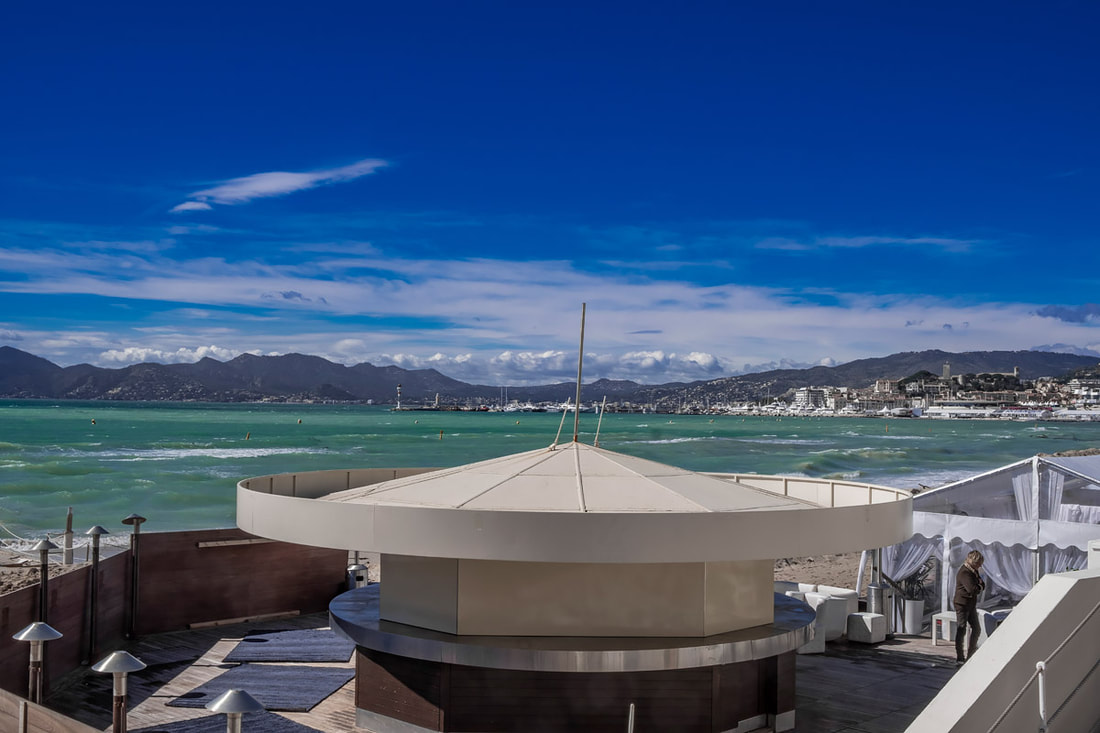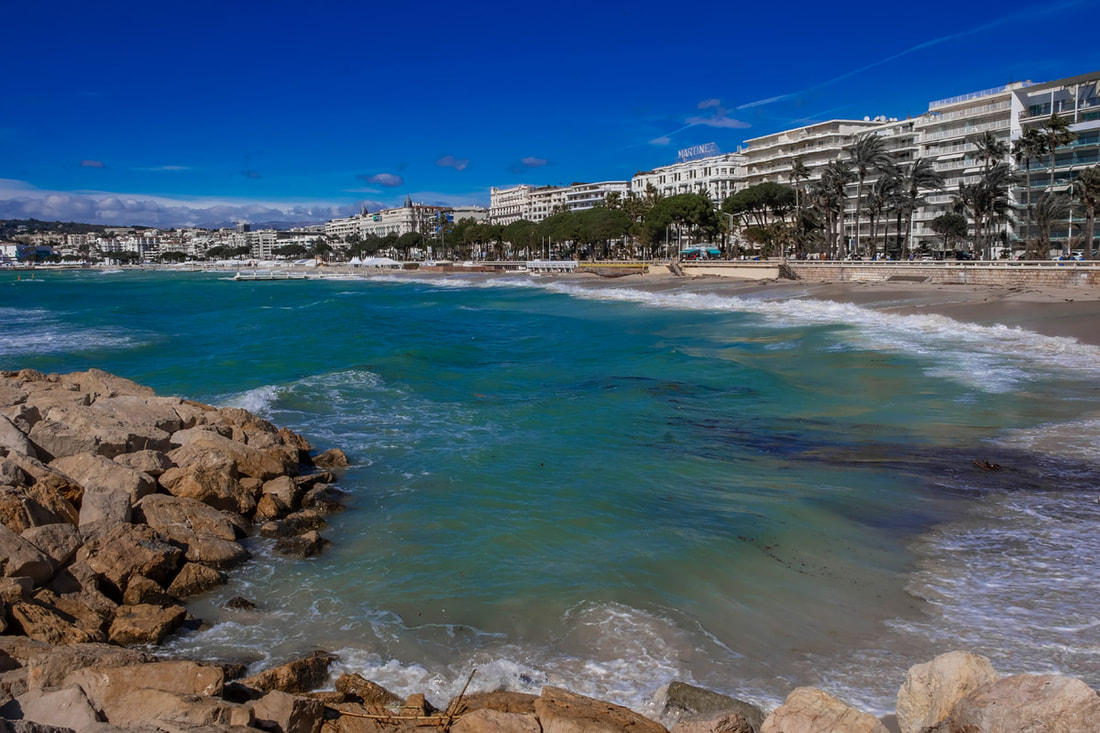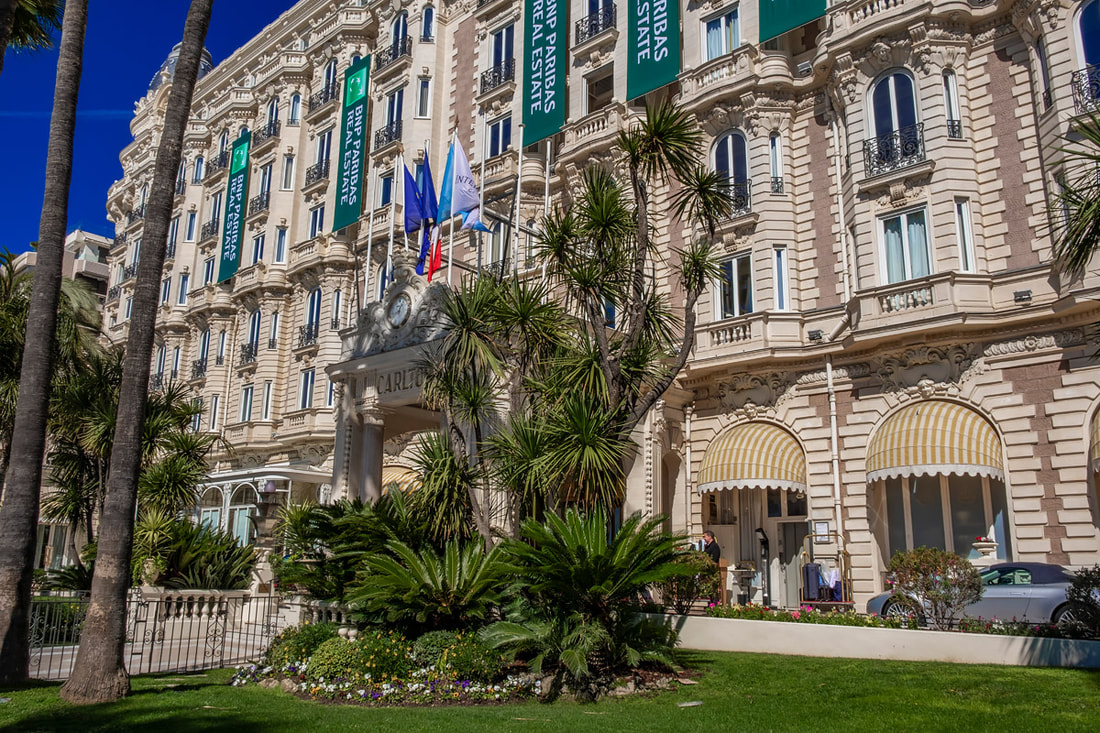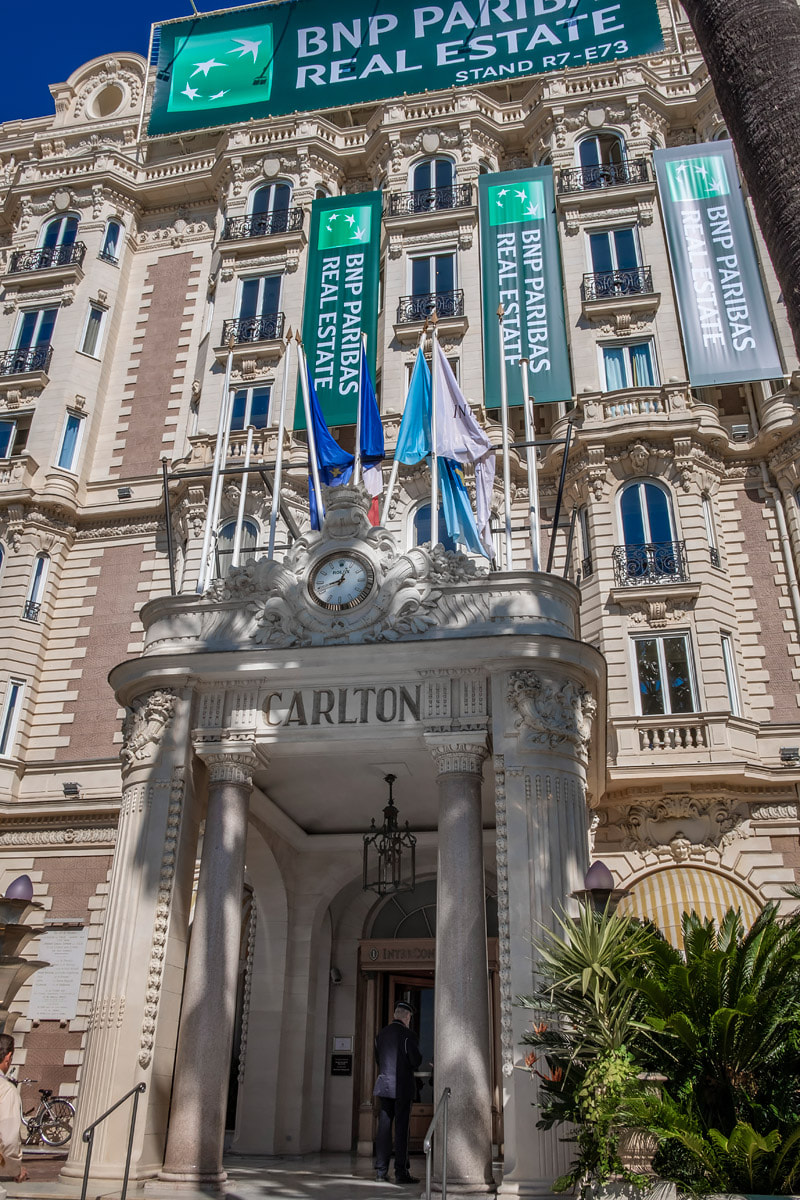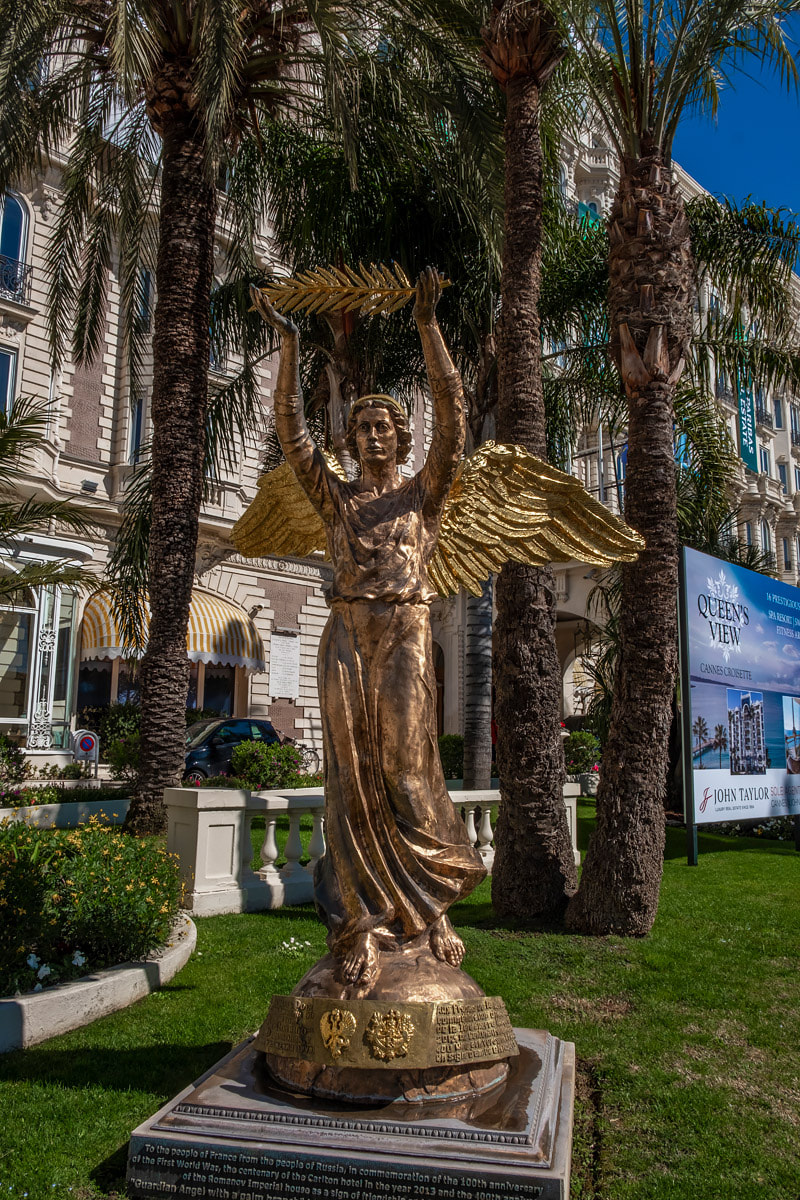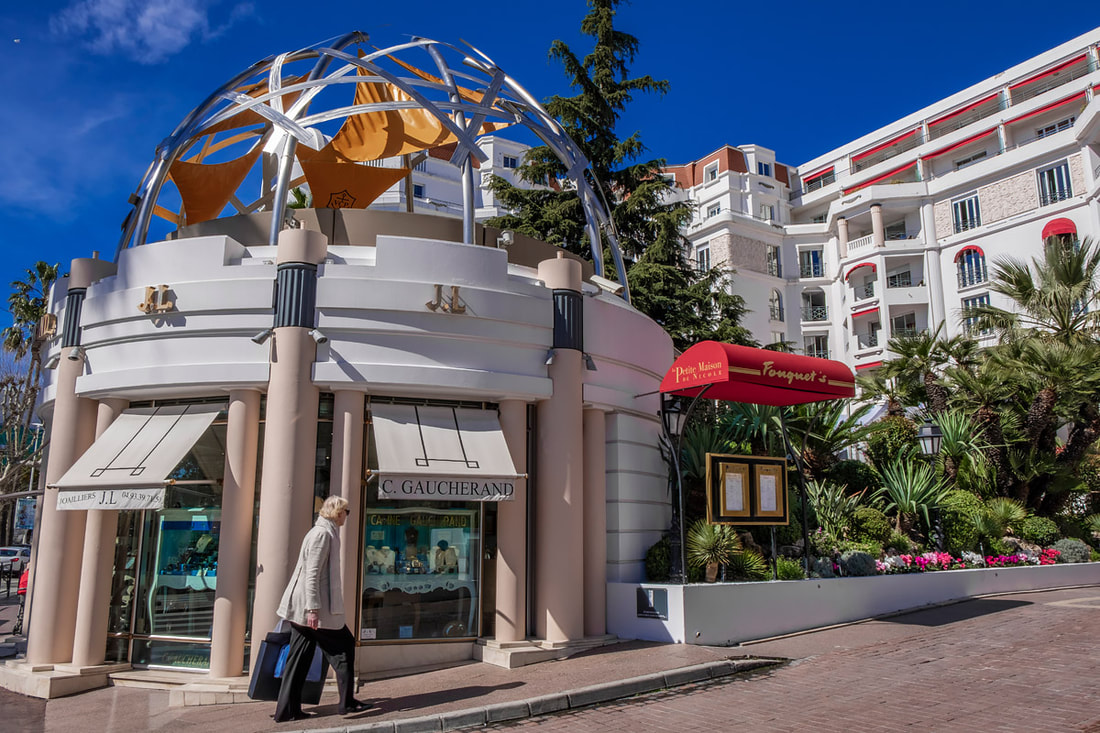By Antonio MalaraWhen you think of Cannes, the first images that come to mind are those of worldliness, of the stars photographed on the beach or while being interviewed outside a luxury hotel. This is because this city in the south of France is famous for its film festival and it is thanks to this festival that it has taken on an even more specific image. For me, Cannes is closely connected to the image of the Pulp Fiction cast during the 1994 edition, the year in which the film won the Palme d'Or. In those days, all the contents we could have were broadcast on TV or through some magazine. I knew the film and consequently Quentin Tarantino thanks to the endless publicity of that edition of the festival. Obviously my curiosity led me to buy the videotape of the film, from then on it was an escalation and it was thanks to Pulp Fiction that my passion for cinema was born, exactly in the mid-nineties. To be honest, over time I have never had a particular curiosity to visit Cannes and when I was there in 2018 it was a visit made more to escape the boredom of Monte-Carlo. However, a couple of years ago I discovered the photographer Slim Aarons who with his photos described the wealthy society of the seventies and Cannes has always been the protagonist in his shots. Probably if I had known him already in 2018 I would have appreciated some shades of Cannes that I missed during my visit. The trip to Cannes therefore started from Monte-Carlo and was a day trip that included the morning in the city of the film festival and on the way back, in the afternoon, a stop to see Nice. During that stay in Monte-Carlo I was with my travel partner and that day we left the Gare du Monaco in the late morning. We arrived in Cannes after an hour by train, around 11 AM and when I left the station I immediately noticed the elegance of this city. The station was small but everything was perfect and clean, a place where even the tourists were of a certain social level. Near the station there was nothing of the classic cliché like homeless, dirt and disorder with people and running here and there. Cannes station was a jewel in the city center that blended with the elegance of the streets and shops. I immediately loved this aspect of Cannes. We went straight through a street towards the marina and found ourselves in a large park that was then unpaved, right in front of the Splendid hotel. The park looked strange due to the many trees there that were totally pruned. By instinct and without consulting the map I headed towards the marina in the direction of the hill. Up there we saw a bell tower with a large white clock and under the sign "Cannes" in block letters and dark yellow. It was probably the sign that led me to that corner of the port and unwillingly we discovered a popular part of the city. In fact, there was the "Quai Saint-Pierre", a street full of restaurants right in front of the quay of the port which was basically a wide paved road that also served as access to boats. It reminded me a little of Ibiza it was relaxing to walk there looking at the boats, some of which were very beautiful. There we spent a lot of time taking pictures both with the boats but also because from there there was a beautiful view of the city. The port road led straight to "Plage 12", this was a beach protected by two artificial piers formed by boulders. These went a lot into the sea, thus giving the opportunity to enjoy a particular view. We climbed the boulders and from there we enjoyed the blue and turquoise sea, however, I think this last chrome plating was due to the storms of a few days earlier. In fact the beach was full of debris, especially woody. I don't know what the beach was like under normal conditions, but walking on the boulders and exploring the area from that point of view was a lot of fun and rewarding. From "Plage 12" onwards there was a promenade called "Boulevard Jean Hinert" there was full of commercial activities and the singular thing were the beach bars. Although there was a strong sea, we noticed how some places that were right next to the sea were open and worked despite those conditions. We stopped in one of them and had a coffee sitting at a table with the waves that almost came upon us. It was strange but very original to drink in such a context. At around 12:30 PM we returned to "Quai Saint-Pierre" and from there along a narrow and uphill street, we headed towards the "Cannes" sign and the "Église Notre-Dame D'Esperance" church whose bell tower could also be seen from the port. At a certain point, going up that little street, we found ourselves facing a view very similar to that of Monte-Carlo on the road that went up to the royal palace. Both the port and the houses had a similar design, the only difference was the proportions of the port of Cannes which was slightly smaller than that of Monte-Carlo. I don't remember which way we traveled but rather than passing under the sign, we went directly to the church. This structure despite being of modest size and a very simple design was striking for the type of materials. The church was in fact built entirely of stone, only it did not have a sense of uniformity because the individual stones were of different sizes. It looked like a construction made with advanced materials but in fact it was a good job certainly not easy to do. The bell tower, on the other hand, had a different charm, the bricks were more uniform and personally I have always loved the towers and structures that rise upwards. This bell tower was not an exception and the fact that it stood on the peak of the hill emphasized its height and beauty. On the west side of the church there was a beautiful view of the "Golfe de la Napoule", a beautiful gulf that struck me also for a personal reason. That view reminded me of the view you can have from the seafront of my city, which overlooks Sicily. The singular thing that can be seen in my city is that from some angles, Sicily gives the impression of being united with Calabria, so more than a strait it often gives the impression of being a gulf. On the way back we stopped right under the sign "Cannes", there we took many photos and I was surprised how close up the sign was not so big, I could not understand why from the port it gave the impression of be giant. Back down we headed to the "Croisette", the famous Cannes promenade, symbol of the festival and of the stars who populate it during the event. We stopped in front of the modern design casino and then walked the Croisette first from the sea side and then back from the opposite side, that of the shops. I immediately liked this promenade, both for the elegance of the white buildings facing the sea and for the design of the pedestrian area overlooking the beach. There too there were many bathing facilities, only they were probably closed due to the storm of a few days before. On the Croisette I saw for the first time the blue chairs, small armchairs placed there I believe by the municipality to give people the opportunity to sit and enjoy the beauty of the sea. Those chairs were so unique that I wanted to experience that feeling so I sat down too but only for a few minutes. Another positive thing about the waterfront was the fact that it was populated, Cannes was alive and not empty and boring like Monte-Carlo. We walked the whole Croisette on the sea side until we reached the rocks just before a park. These boulders were similar to those of "Plage 12" but from the Croisette the view was totally different. In fact, from the end of the beach it was possible to go further into the sea by walking on the rocks, from there there was a view over the whole Cannes, really nothing was excluded. On the way back we stopped in front of the mythical Carlton hotel which was impressive in both its size and style. An incredible structure even when seen from close up there were the palm trees that partially obstructed the facade. The entrance formed by two columns and the analog Rolex above them were important details, one from an architectural point of view and the other from the prestige. In addition to these beautiful details, I personally found the statue of the angel that was right on the corner of the hotel very fascinating, there I stopped to take several photos. Our long walk ended on “Rue Félix Faure” a beautiful street full of restaurants where we stopped for lunch enjoying a fish dish which was delicious. Our visit to Cannes ended after lunch, in fact soon after we moved to the station where we took the train to Nice. I liked Cannes very much for many things like the architecture, the elegance of the shops and the people and lastly for the cleanliness and order. The city is small and concentrated and gives the chance to tour it on foot without any particular effort. For me these elements are very important and the only regret I had is that that trip to Monte-Car, which Cannes was just a parenthesis, could have been structured in reverse. In fact, discussing with my travel partner we realized that we could stay in Cannes and then visit the other nearby places from there. In my place we say that "all evil does not come to harm" and my experience of just one morning in Cannes made me realize that this city is the best starting point if you want to visit the Cote d'Azur. Pictures: Antonio Malara
Camera: Fujifilm XT-20
0 Comments
Leave a Reply. |
